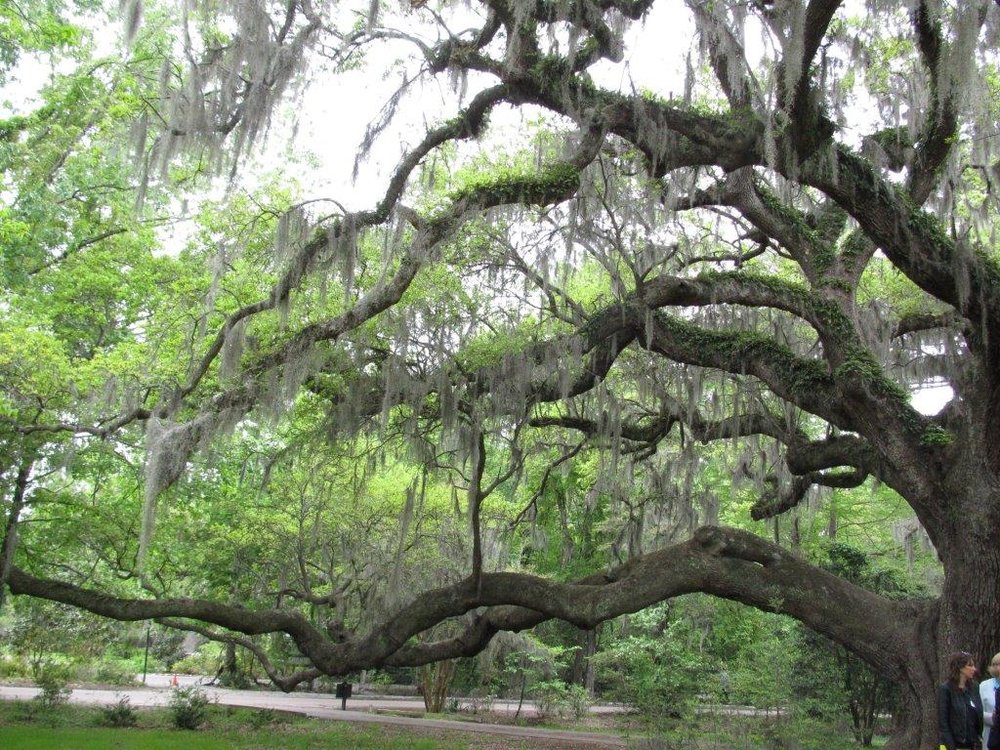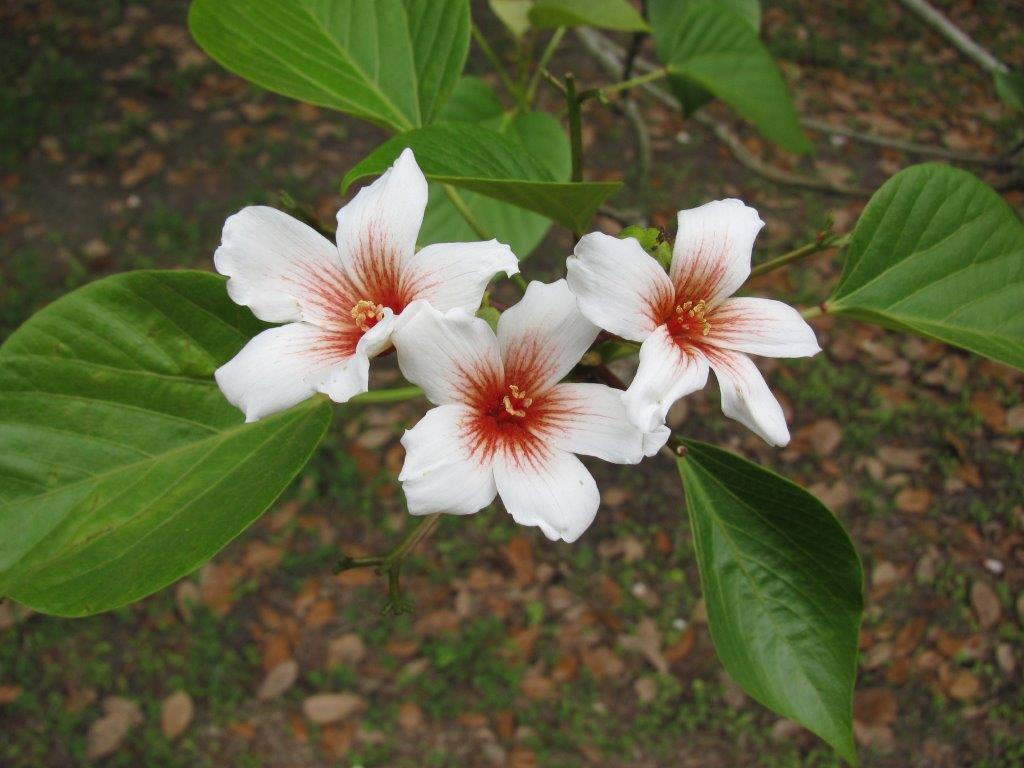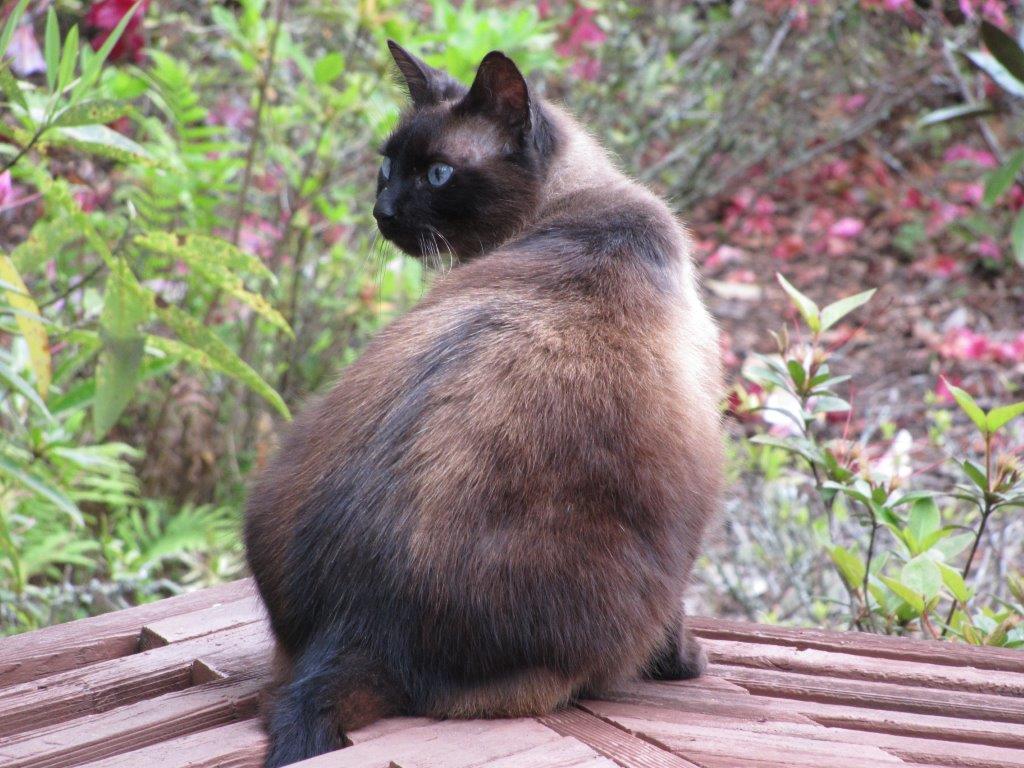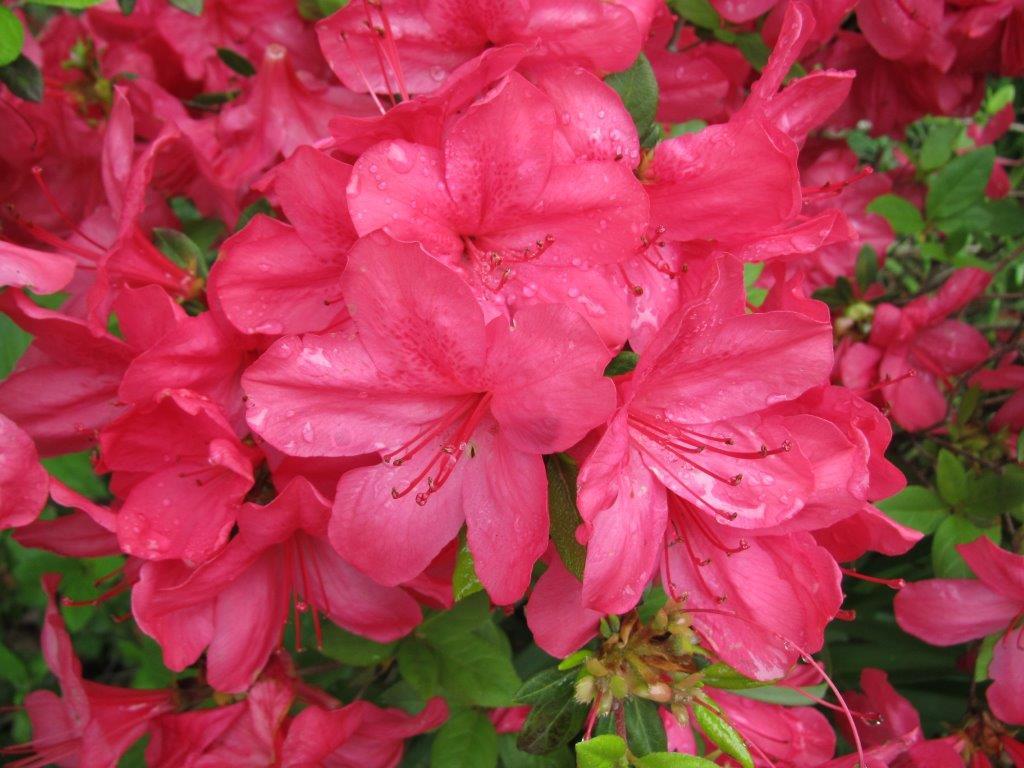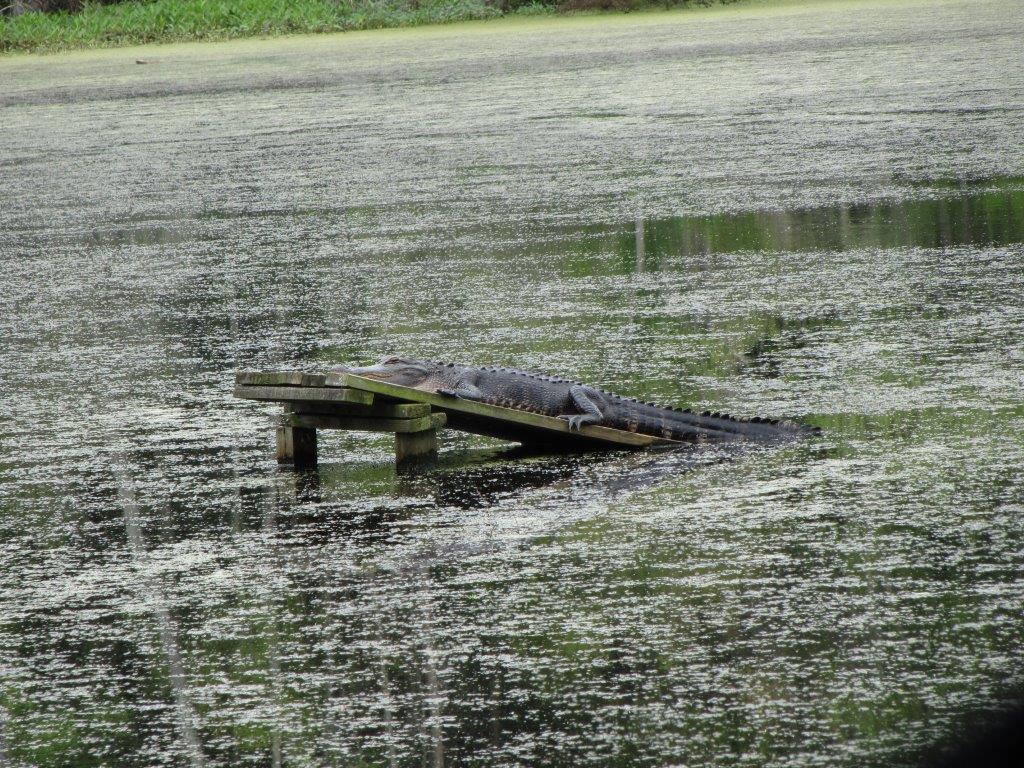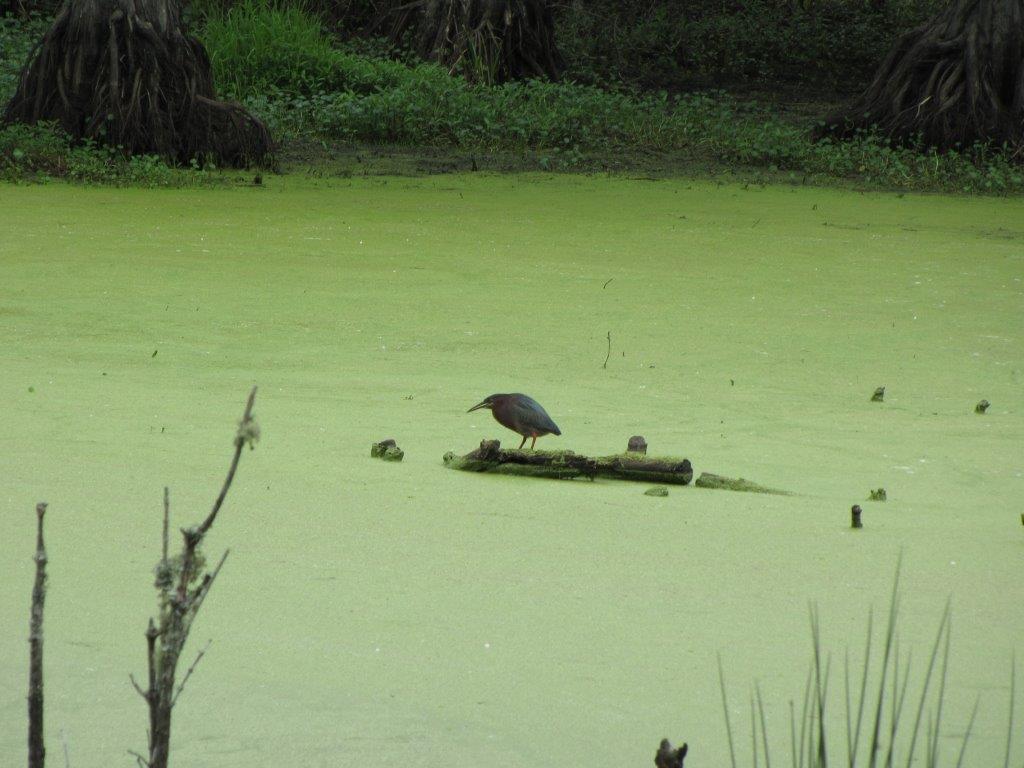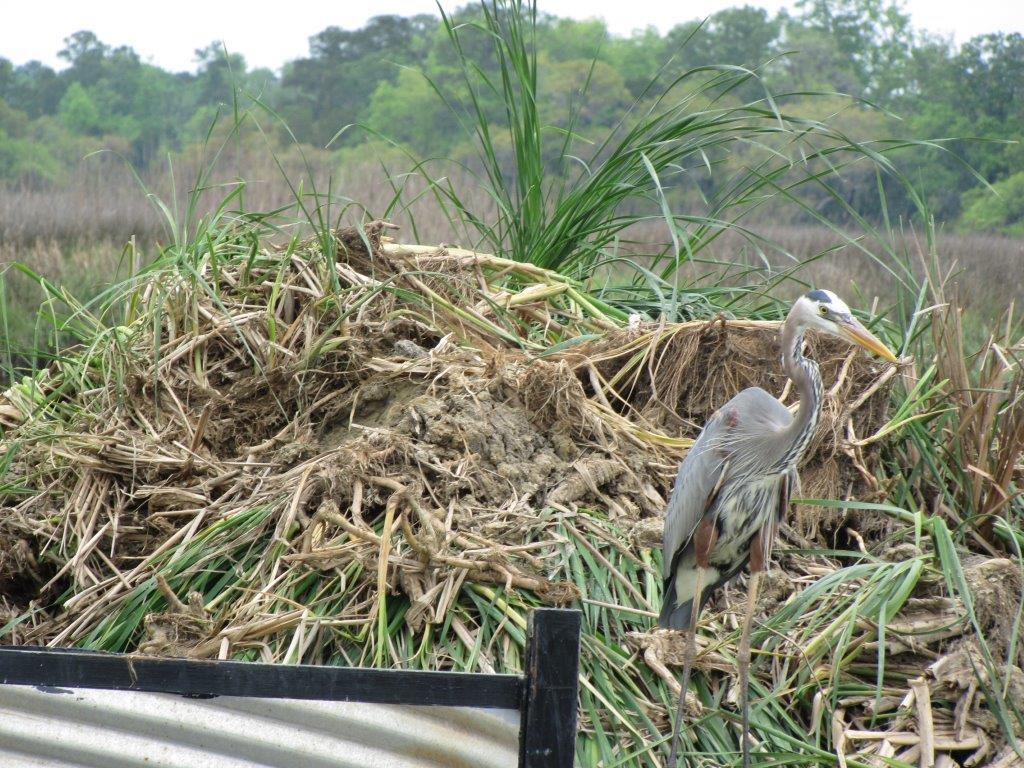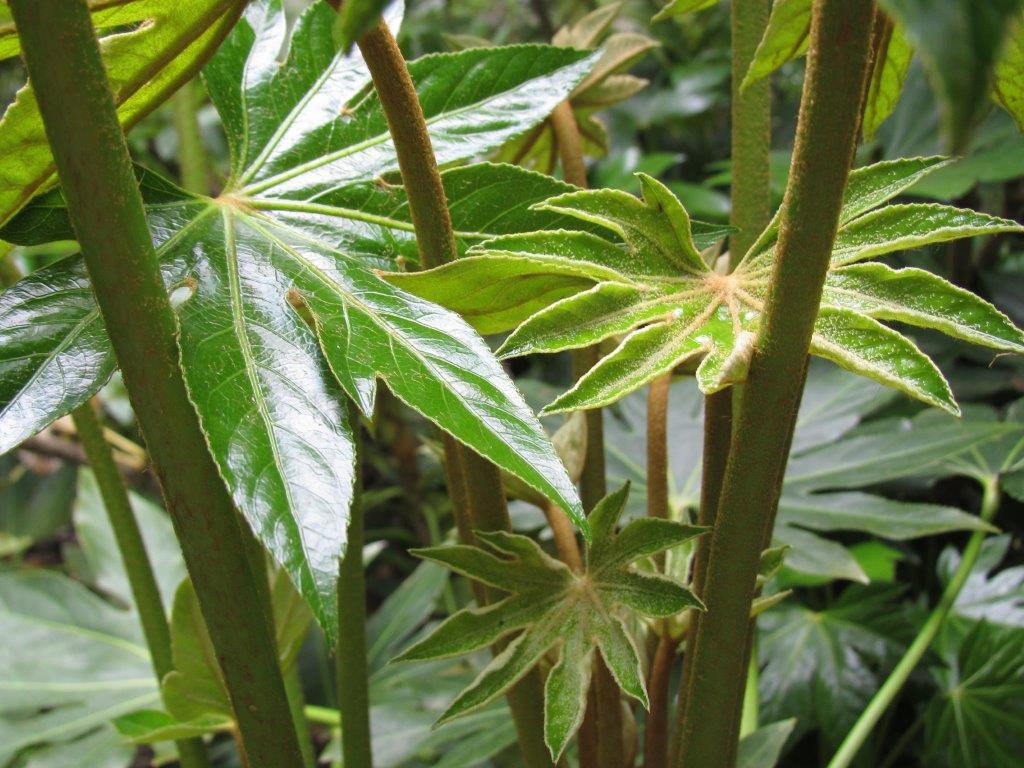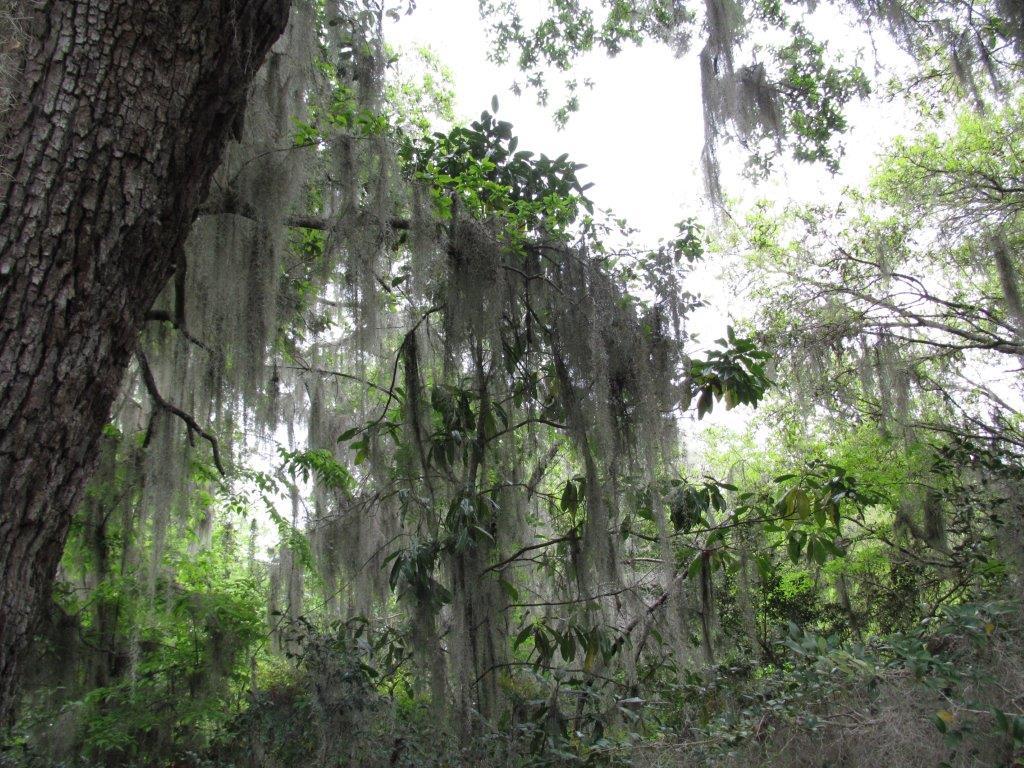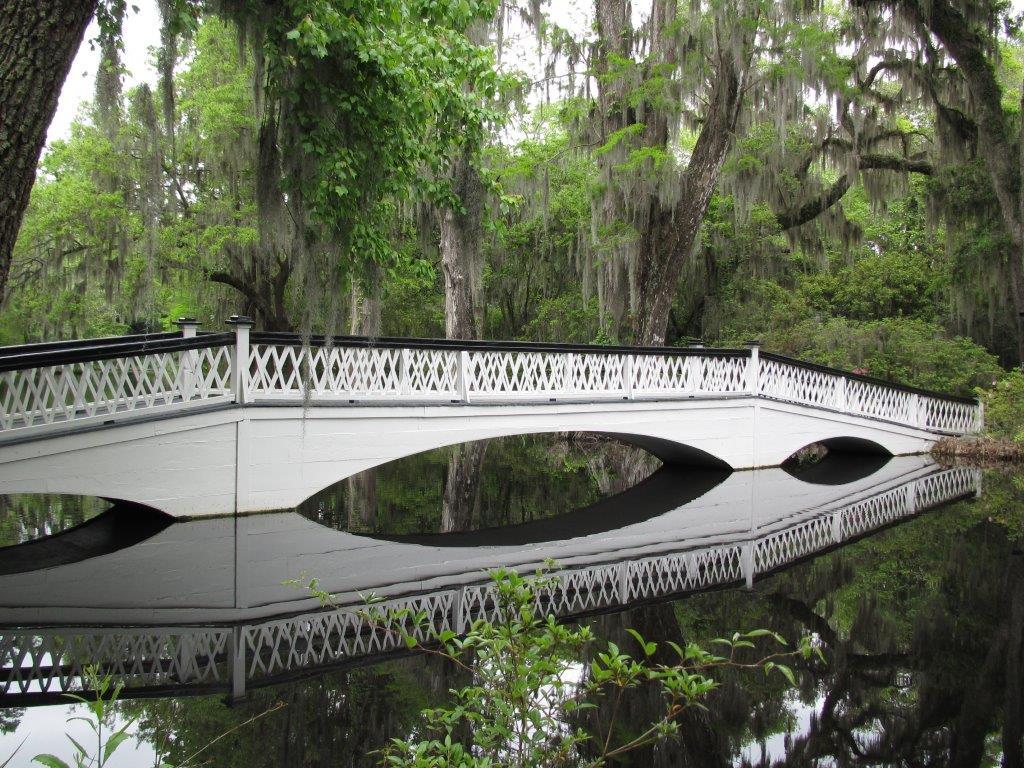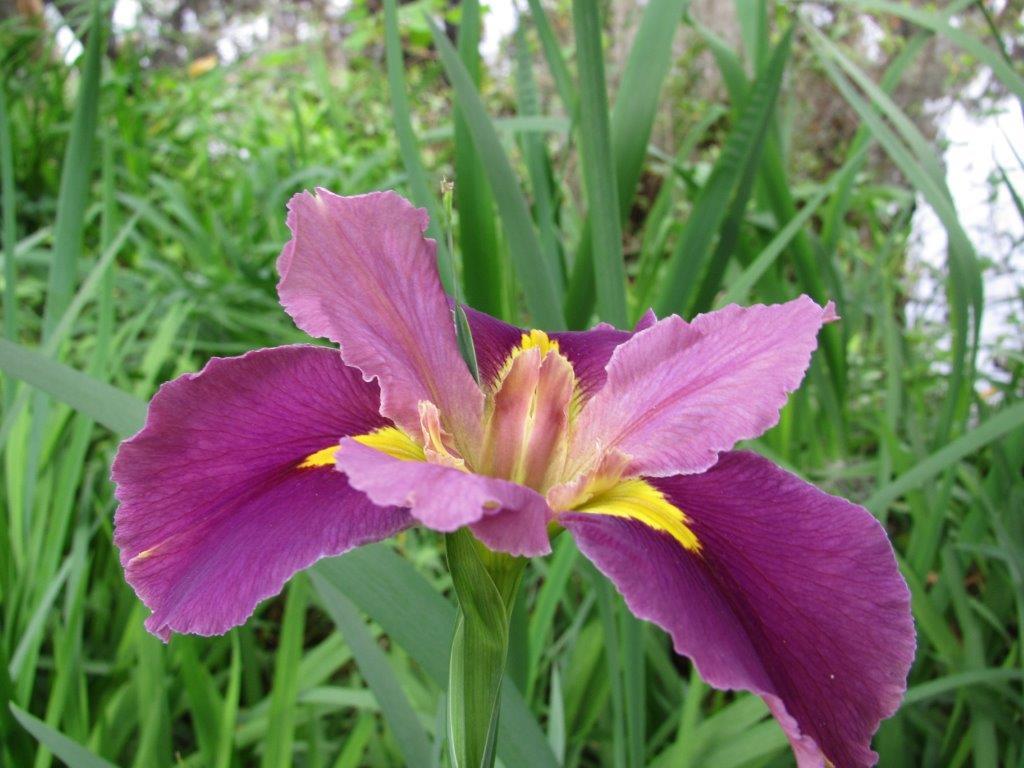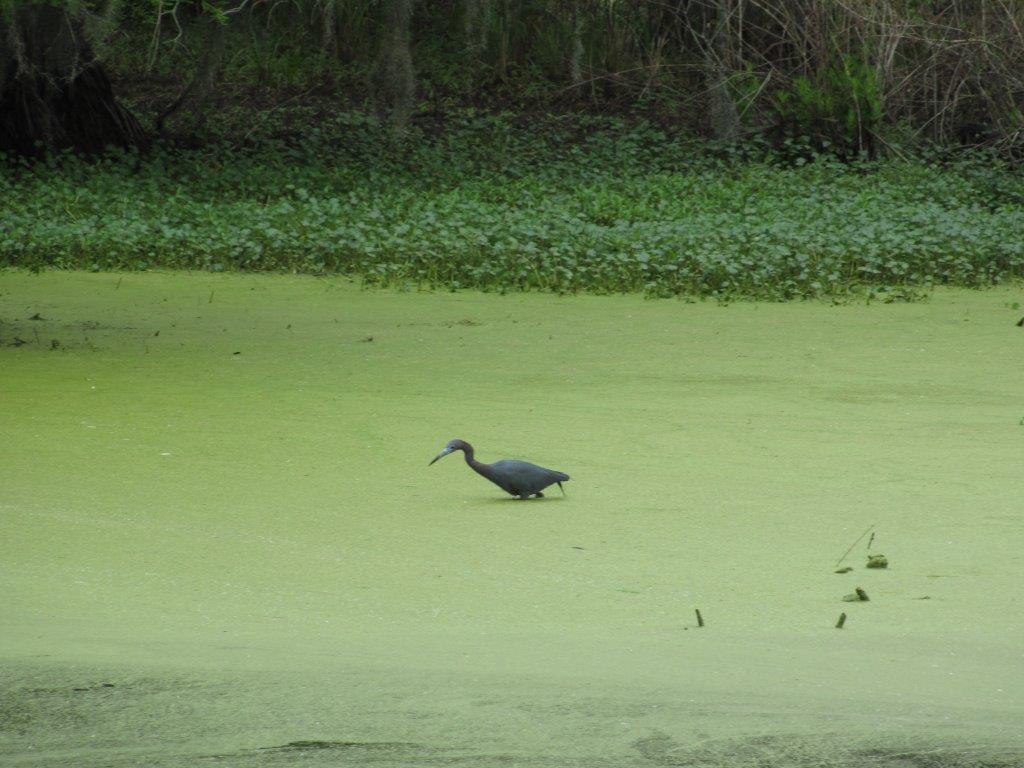Boone Hall Plantation and Gardens
/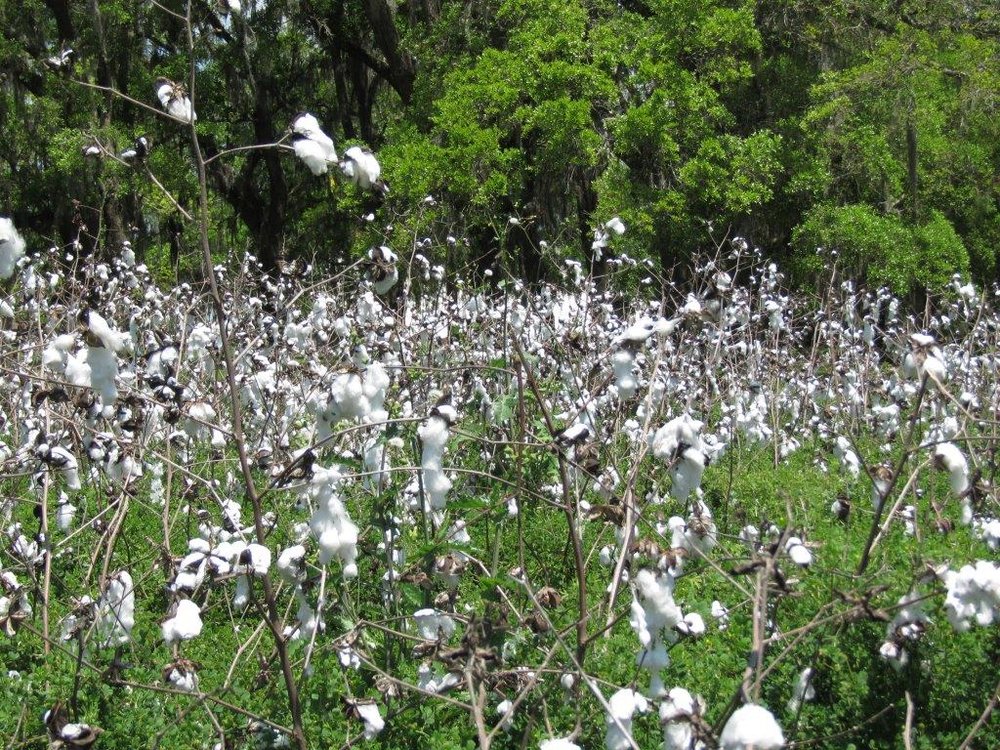
Boone Hall was a pleasant surprise. It is across the Cooper River from Charleston SC. It started out as a cotton plantation, supplemented that crop with pecans and a brick yard, and now is a farm using precision growing techniques for fruits and vegetables offered in their own store and pick-your-own. The only cotton grown now is a small test plot that still showed last year’s crop when I was there in late April.
The brick slave cabins with clay tile roofs are unusual; slave cabins were usually built of more flimsy material. But Boone Hall included a brick yard so the cabins for the slaves associated with the house were built of bricks. The cabins have displays and recorded narrative to explain the life there prior to the 1860s.
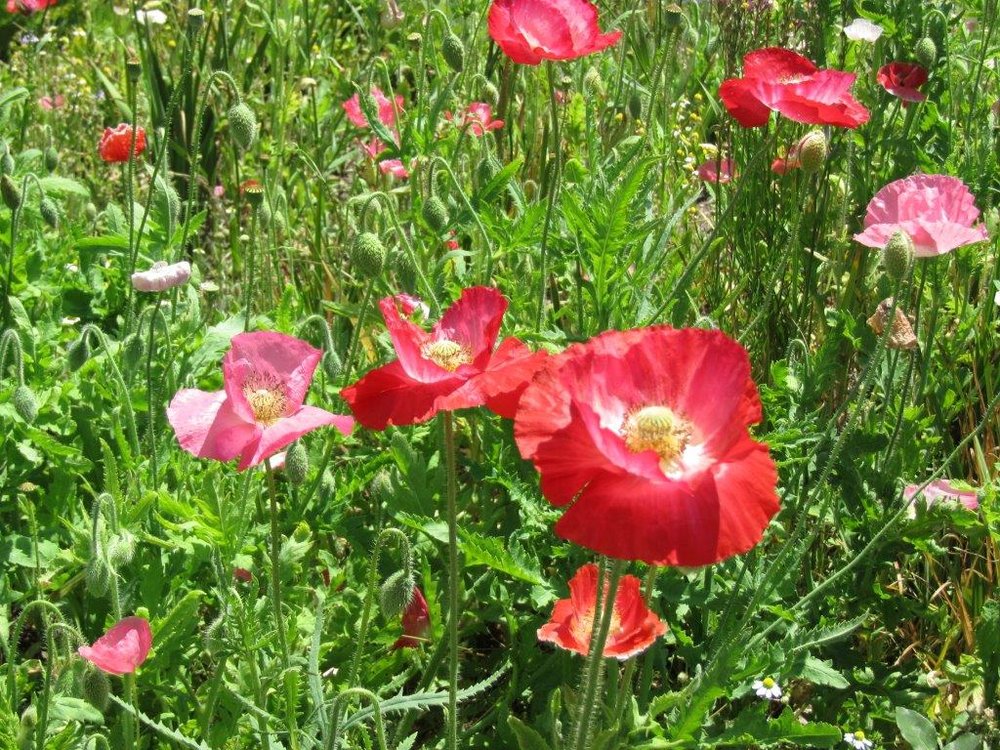
The gardens are full of hearty flowers of the season and the mature oak allee dates from the 1600s. The people in the picture provide some notion of the size of the trees.
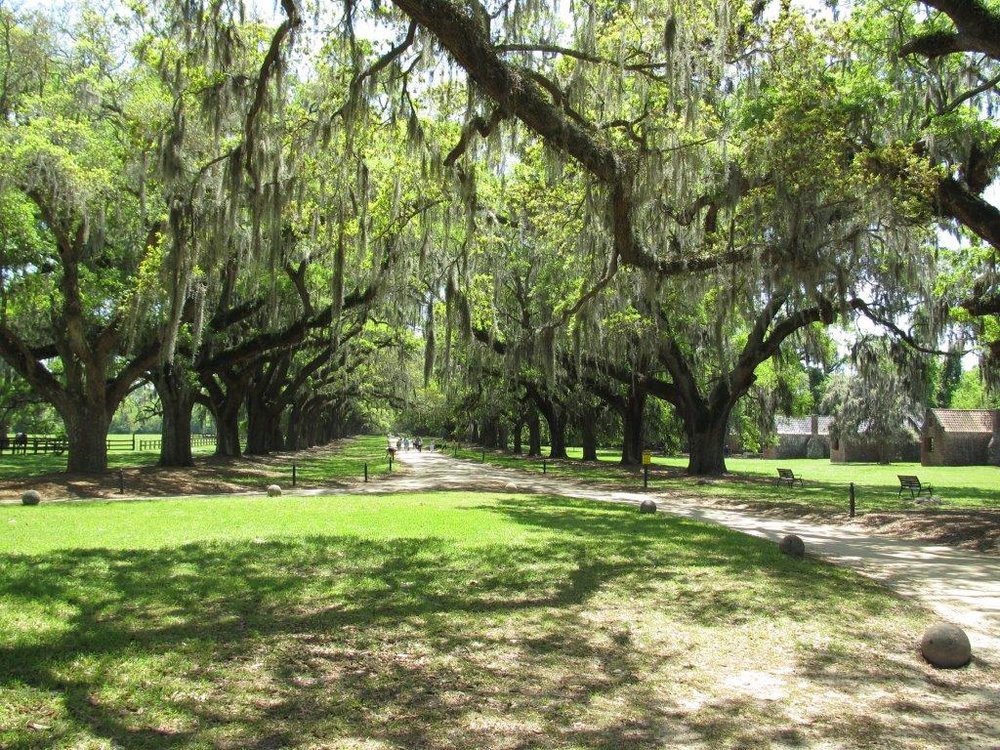
There is a two story cotton gin that had shored up walls - awaiting renovation. The gin was on the top floor and there were holes in the floor to push the cotton below where it could be baled for shipment.
Interesting ironwork is part of the Charleston scene - and Boone Hall’s gate is no exception.




